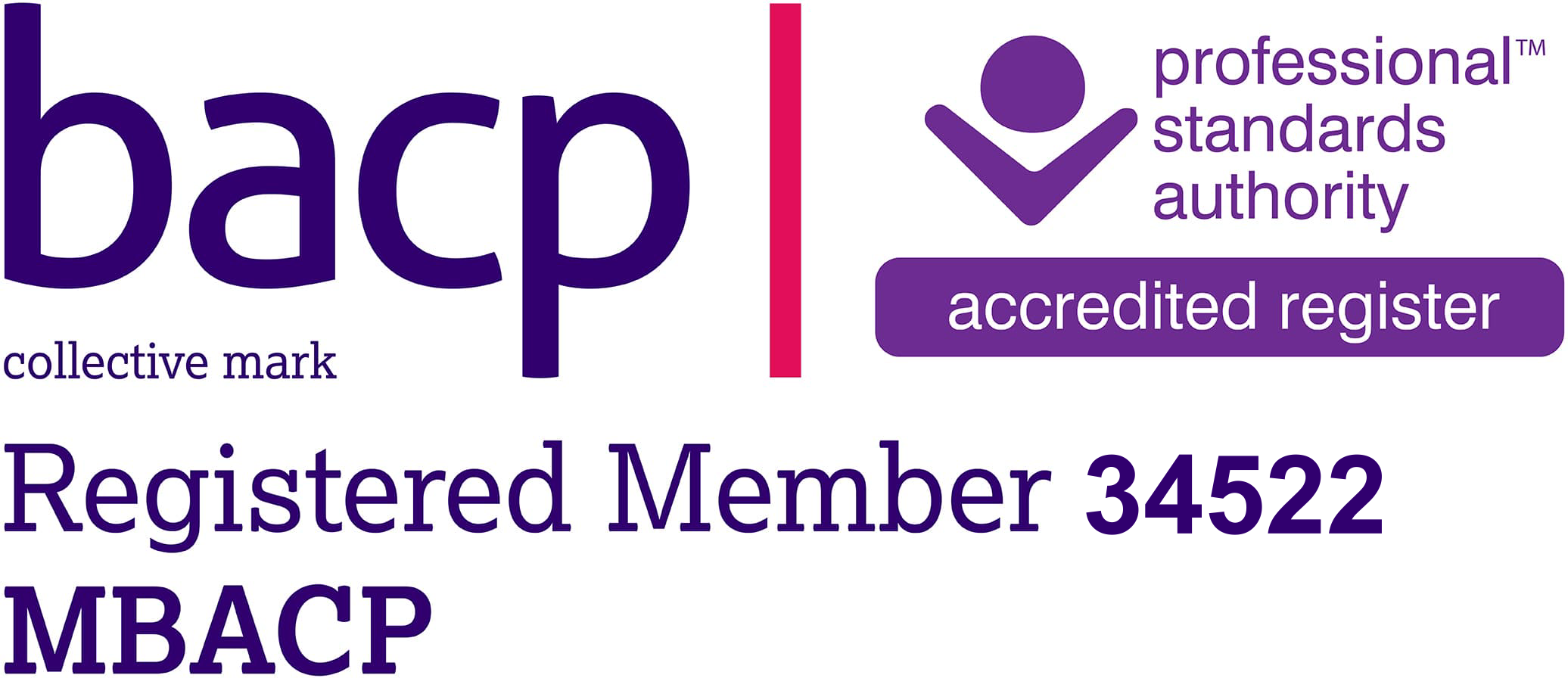Paris Attacks – anxiety and uncertainty
Dealing with uncertainty and the unknown
The Paris attacks which took place on 13/11/2015 left 129 people dead and hundreds injured. It also left many traumatised witnesses and many people around the world fearing for their safety and fearing what may happen in the future. With 24/7 media coverage and social media posts, few of us will be unaware or unaffected by the events that unfolded.
For all of those witnessing the events first hand or via media outlets, fear about the future and worry about the uncertainty of whether more attacks will occur and where they may take place. can lead to increased anxiety and a sense of powerlessness. Events such as these can lead some to overestimate the dangers that exist ie ‘the world is so dangerous now that being attacked, injured or killed is now more likely than not’. Some may also begin to underestimate their ability to cope and therefore engage in unhelpful behaviours such as avoidance ie ‘Since the risk of injury or death is so high, I cannot go to work/school/bars/shops etc anymore’
Whilst there is no doubt that we are living in an unsettled time and tragic events are occuring all around the world. Overestimating or exaggerating the actual threat and underestimating or minimising our ability to cope can lead to a series of unhelpful thoughts:
” I’m in danger right now”
” The worst possible scenario is going to happen”
“I won’t be able to cope with it”
These thoughts can lead to a lot of emotional distress and Physical Sensations produced by the Adrenaline Response. When there is real or a perceived threat or danger, our bodies’ automatic survival mechanism kicks in very quickly. This helps energise us to fight or run away (‘fight or flight response’). Lots of physical sensations are produced including:
- Heart racing – taking the blood to where it is most needed – the legs so that we can run faster (flight); the arms so that we can hit out (FIGHT); the lungs to increase our stamina. At the same time blood is taken from the places it is not needed for example fingers, toes and skin. These changes cause tingling coldness and numbness.
- Breathing gets faster – helping the bloodstream to carry oxygen to the arms, legs and lungs. This will give us more power. The side effects may include chest pain, breathlessness and a choking feeling. As there is a slight drop in the blood and oxygen being sent to the brain so that we may feel dizzy or light headed, and may experience blurred vision.
- Muscles tense and prepare – The large skeletal muscles tense and create power, this may cause pain, aching and shaking.
- Sweating – Sweating helps to cool the muscles and the body. It helps to stop them from overheating. Sweating can also make us more slippery to our enemies!
- Pupils dilate – This lets more light into our eyes so our overall vision improves. Side effects may include sensitivity to light or spots before the eyes.
- Digestive system slows down – These are not important while in danger and so are slowed down then the saved energy goes to where it is most needed. Side effects may include nausea, butterflies and a dry mouth.
- More alert – We will be concentrating on looking for danger, much less able to concentrate on anything else. We’re waiting for something to happen. Behaviours might include:
- Avoiding people or places
- Not going out
- Going to certain places at certain times, e.g. shopping at smaller shops, at less busy times
- Only going with someone else
- Escape, leave early
Whilst avoiding people or situations might help you feel better at that time and make you feel safer about possible dangers, it doesn’t make your anxiety any better over a longer period. If you’re frightened that you or a loved one could be harmed if you leave your house, then staying at home becomes a solution and leads to a temporary reduction in your anxiety. However by staying at home or avoiding going out, the belief that something bad will happen is maintained and sometimes strengthened, along with the anxiety.
Doing things differently
If you are avoiding situations its important to recognise that this maintains our anxiety over the long-term. It also then makes sense that learning to confront fears might be uncomfortable in the short-term, but it will help us take control and feel better over time.
- Make a plan to gradually do the things you normally avoid.
- Pause, take a breath, don’t react automatically
- Ask yourself: What am I reacting to? What is it that I think is going to happen here? What’s the worst (and best) that could happen? What’s most likely to happen? Am I getting things out of proportion? How important is this really? How important will it be in 6 months time? Am I overestimating the danger? Am I underestimating my ability to cope? Am I believing I can predict the future? Is there another way of looking at this? What advice would I give someone else in this situation? Am I putting more pressure on myself? Just because I feel bad, doesn’t mean things really are bad. Is there another way of dealing with this? What would be the most helpful and effective action to take? (for me, for the situation, for others) Visualise yourself coping in the situation you feel anxious about. See the situation to a successful completion.
And remember awful things do happen but wonderful things happen to. All too often we can neither predict or prepare for either. All we can do is live each day in the moment, dealing with everything situation as it arises and continuing to live our lives without fear and avoidance.


